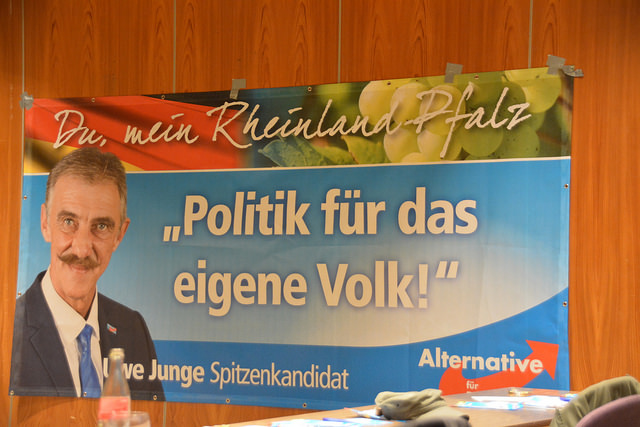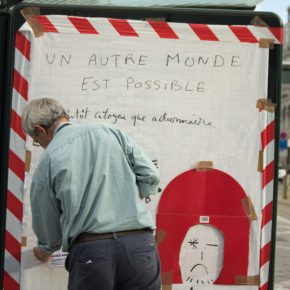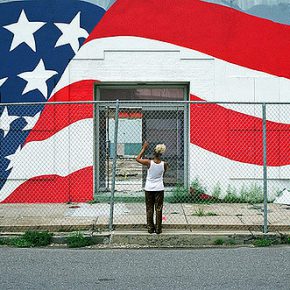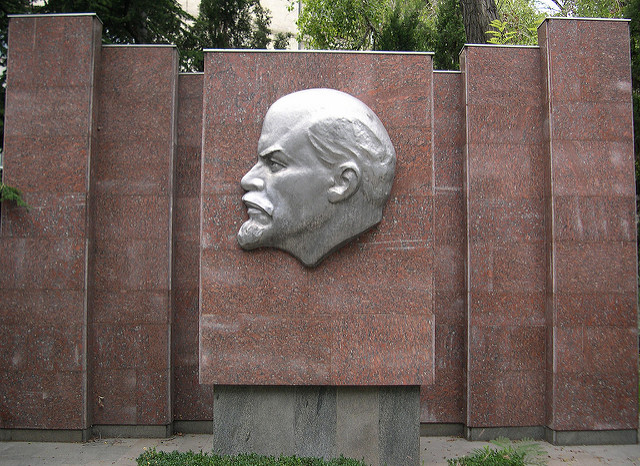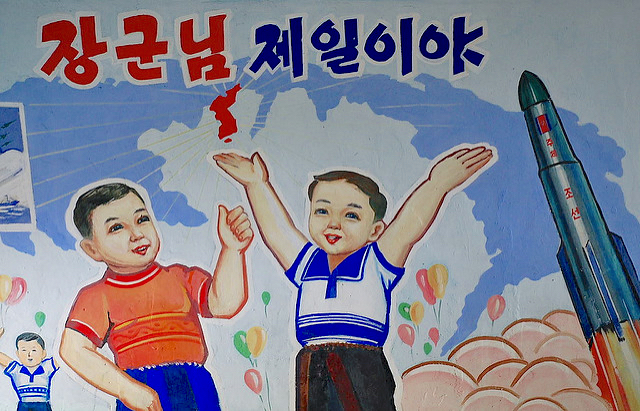The German election was a pyrrhic victory for Angela Merkel. She has just enough seats to pull together a new coalition with the Free Democrats and the Green Party. However, the rise of the Alternative for Deutschland, and the loss of the SPD as a junior partner, means Merkel will triangulate further to the right on the refugee question.
Over the last year or more, Angela Merkel has become an unlikely heroine to conservatives and liberals worldwide thanks in large part to her opening to refugees. It became common to hear Chancellor Merkel described as “the leader of the free world” as soon as Donald Trump took his seat in the Oval Office.
The election results may have reinstated Merkel as the German head of state, but she is now faced with the challenges of a reduced majority, shifting alliances and a new far-right presence in the Bundestag. Rather than take a triumphant pose, Merkel has made it clear she will make concessions to win over AfD voters.
It looks like Merkel could be about to give up her title as “leader of the free world”. Though it’s worth saying that the concessions to the anti-immigrant right began long before the election. Germany backs the EU’s efforts to constrict the flow of refugees across North Africa and West Asia, even going as far as to collaborate with the Bashir regime in Sudan and the Erdogan government of Turkey to crack down on migrants.
This is hardly the picture of a liberal humanitarian at work. Indeed, Merkel has demonstrated a willingness to triangulate on refugees. These compromises have been matched across the political spectrum, with the SPD and even Die Linke presenting a divided message to voters. In other words, the centre ground may be holding on in Germany but it is caving in to right-wing pressure.
Why East Germany of all places
The AfD managed to cut deep into the Christian Democratic vote in this election, though the far-right party’s social base is primarily located in East Germany – where poverty and unemployment are much higher than in the rest of the country. Outside of the former GDR the AfD encroached on CSU territory in Bavaria, which was once the Nazi heartland.
A foreign observer might wonder why the AfD was more successful in the former GDR than in the conservative south. It’s not just about unemployment rates and poverty because the far-right’s social base combines the lower middle class with sections of the poor. This is why the AfD is able to merge competing ideas of neoliberal economics with an ultra-nationalist and conservative social agenda.
As part of reunification East Germany saw its major industrial assets privatised, unemployment was allowed to skyrocket while the social safety net was dismantled. The economic shock of this process left the former GDR with greater levels of deprivation and this helped to produce a social base for Die Linke and the AfD.
The difference is Die Linke wants to revivify working class politics, whereas the AfD wants to obstruct class politics out of its own petit-bourgeois agenda. The AfD gained most of its votes from people who don’t normally take part in elections. The second largest group was the CDU/CSU with the SPD and Die Linke lagging behind.
It’s obvious why the radical left would have a base in the former GDR, but it’s less clear why the same regional base of ostalgie would also be vulnerable to the lure of the free-market. But this is not uncommon in former Eastern bloc states. In many cases, the nationalist populist right is able to toy with free-market reforms because it can always claim capitalism was not implemented in its full form.
It’s also the case that the East German regime may have nurtured the conditions of a racist backlash, whether intentionally or not. There was a lack of diversity under really existing socialism and it’s plausible that the Cold War helped maintain the homogeneity of the GDR until its annexation.
Over the same period, West Germany had to open up to migrant labour from West Asia (particularly Turkey) and elsewhere in the 1950s onwards, but the restrictions on guest workers were more lax and led to the formation of migrant communities. The children of immigrants were granted residency. Though this was not automatic citizenship, it would put many families on track to living in the country permanently.
The West German government would have liked to limit the number of foreign-born nationals settling in the country, the possibility was foreclosed over time. As a result, the West German establishment had to find a compromise and ultimately this meant a tentative shift towards liberal multiculturalism over many years.
The kind of liberal anti-racism possible in West Germany did not take hold in East Germany because of the Berlin Wall helped preserve the homogeneity of East Germany. With the USSR as the major destination for GDR goods and resources, the East German regime maintained a siege economy and initiated a guest worker programme for the Eastern bloc countries.
This did not mean there was no non-white immigration to the GDR at all. The guest worker programme was extended to Cuba, Vietnam, Angola and Mozambique, as part of the official efforts to support anti-colonial movements around the world. These inflows of migrant labour were heavily regulated through limits on how long the workers could stay, where they could live and even if they were allowed to have children.
At the same time the Honecker regime was promoting a notion of ‘socialist patriotism’ based ostensibly on civic values and internationalism, but it also drew on Prussian history and appropriated such figures as Frederick the Great, Martin Luther and Thomas Münzer. This was about building up a sense of a unique East German identity worthy of preservation.
It seems like more than coincidence that the fall of the Berlin Wall correlates with the emergence of neo-Nazi subcultures in the East. The factors of economic devastation after the state command economy was carved up by the Kohl administration would have been enough to ensure new political challenges. But it takes more than bad economics to birth the extreme right.
Photograph courtesy of opposition24.de. Published under a Creative Commons license.
